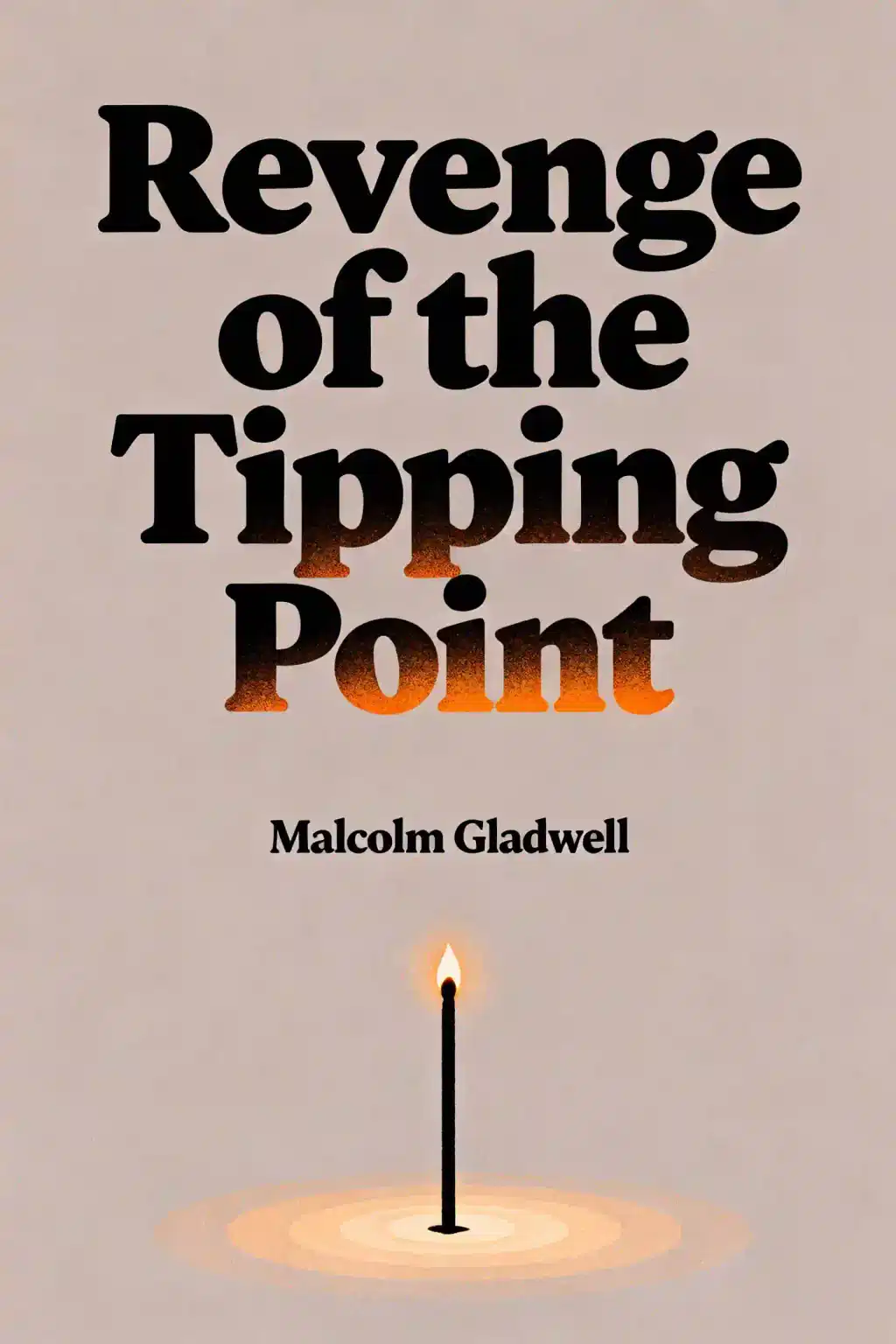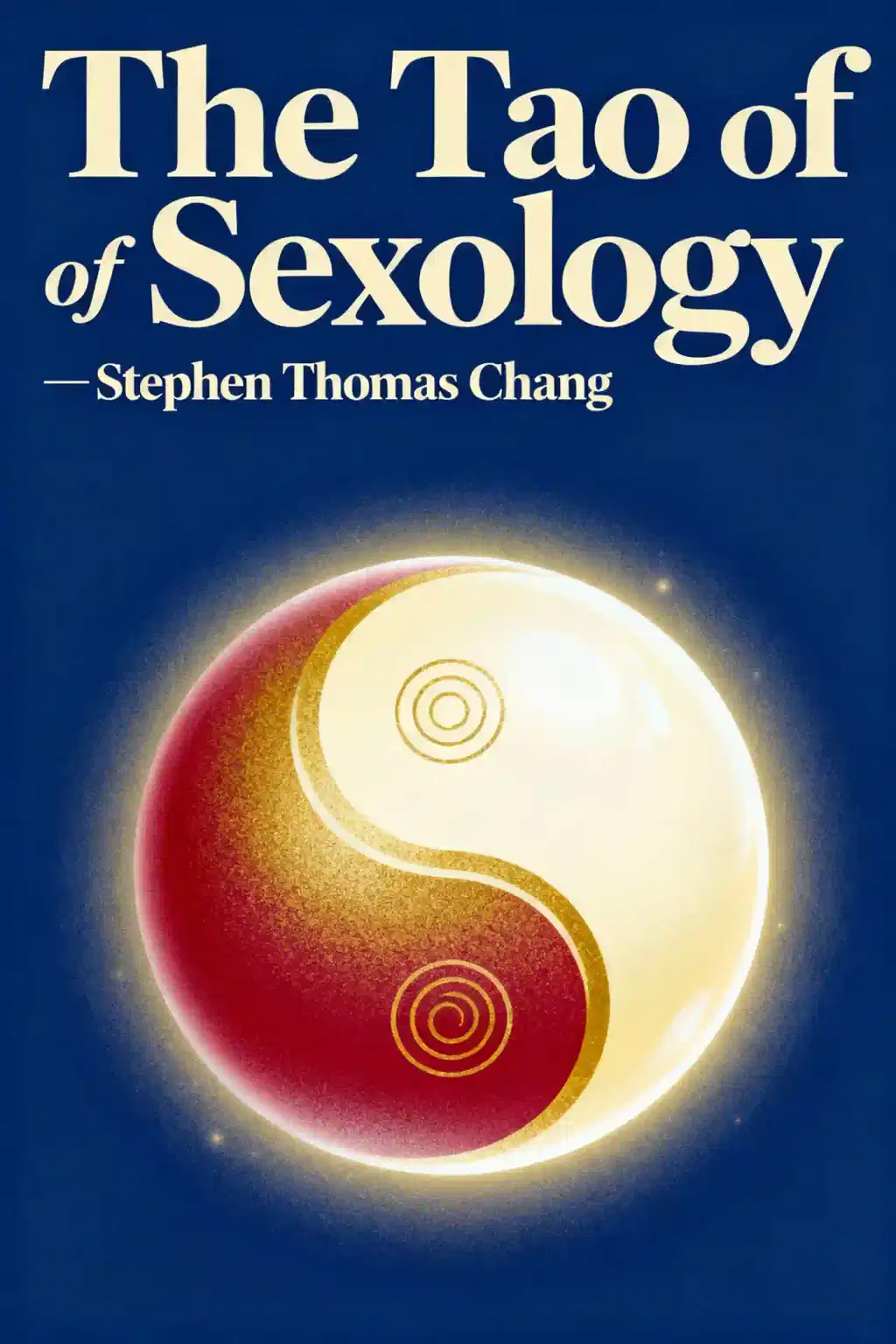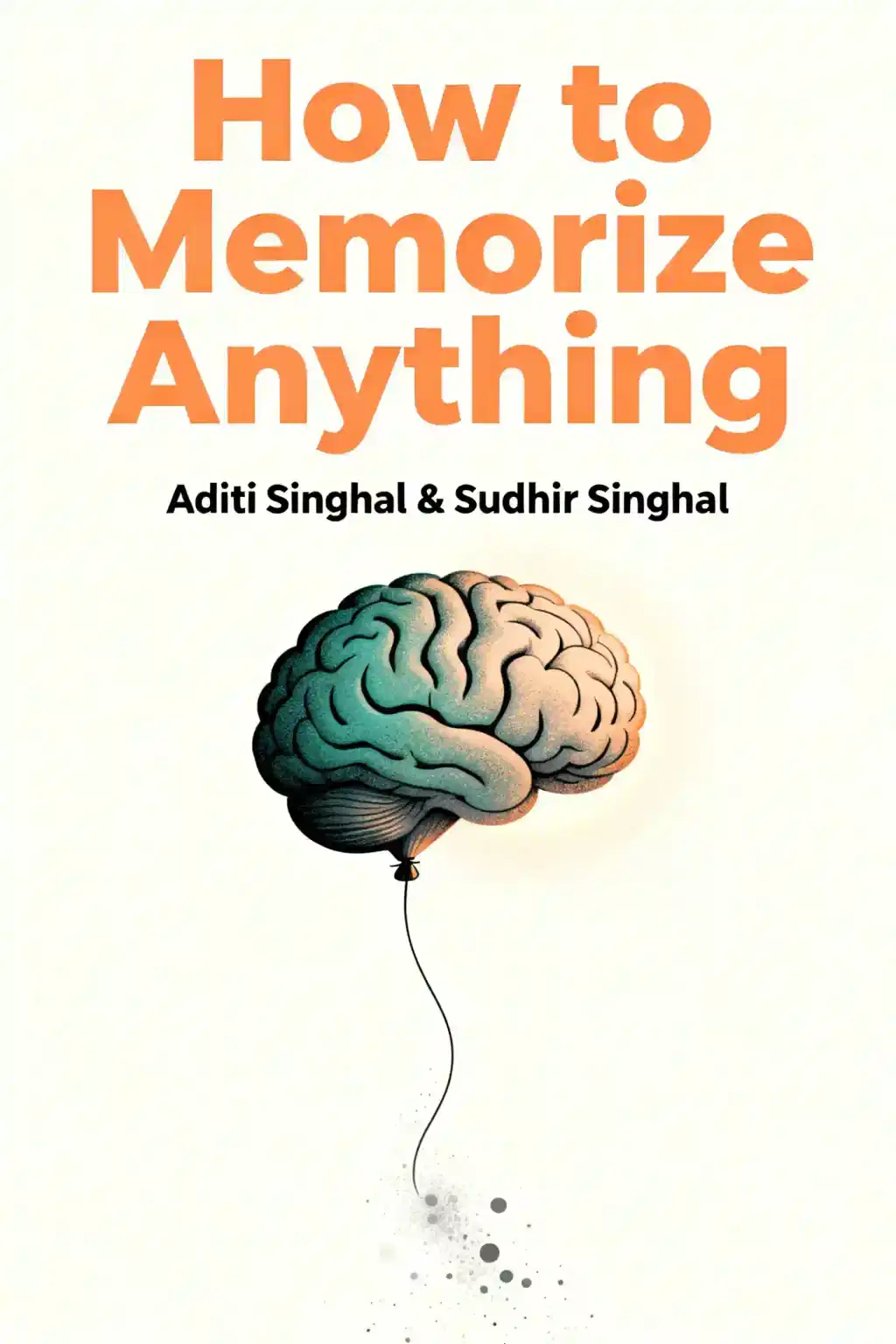What is
A Little Life by Hanya Yanagihara about?
Hanya Yanagihara’s A Little Life follows four friends in New York—Jude, Willem, JB, and Malcolm—as they navigate adulthood, success, and profound emotional struggles. Centered on Jude, a survivor of childhood trauma and abuse, the novel explores themes of suffering, friendship, and the enduring impact of pain. It juxtaposes professional achievements with personal tragedies, offering a raw portrayal of resilience and the limits of love in healing deep wounds.
Who should read
A Little Life?
This book is for readers seeking emotionally intense, character-driven fiction that confronts trauma, identity, and human connection. It suits those interested in LGBTQ+ narratives and psychological depth. Content warning: Contains graphic depictions of self-harm, abuse, and mental illness. Not recommended for readers sensitive to heavy themes.
What are the main themes in
A Little Life?
Key themes include:
- Trauma and recovery: Jude’s lifelong struggle with abuse and self-worth.
- Friendship as salvation: Bonds between characters as both lifelines and burdens.
- Identity and belonging: Jude’s alienation versus Malcolm and JB’s familial ties.
- Suffering’s inevitability: The tension between happiness and enduring pain.
How does
A Little Life portray friendship?
The novel depicts friendship as a complex mix of loyalty, love, and frustration. Willem’s unwavering support for Jude contrasts with JB’s self-centeredness, showing how relationships can uplift or strain individuals. The group’s dynamics highlight the challenges of supporting someone trapped by trauma.
Why is
A Little Life considered emotionally challenging?
Yanagihara unflinchingly details Jude’s physical and psychological scars, including childhood sexual abuse, self-harm, and suicidal ideation. The narrative’s unrelenting focus on suffering—without traditional redemption arcs—leaves readers grappling with existential questions about pain’s purpose.
What is the significance of Jude’s character in
A Little Life?
Jude embodies resilience and self-destruction, reflecting the paradox of surviving trauma. His inability to accept love, despite his friends’ devotion, underscores the novel’s exploration of guilt and worthiness. Flashbacks to his abuse and formative relationships reveal how trauma shapes identity.
How does
A Little Life address mental health?
The novel portrays mental illness through Jude’s dissociation, self-harm, and chronic pain. It examines how trauma manifests physically and psychologically, while critiquing societal expectations of “recovery.” Jude’s therapist Andy symbolizes the limits of professional help against deep-seated shame.
What role does New York City play in the story?
New York serves as a backdrop of ambition and isolation. The characters’ careers in law, acting, and art thrive there, yet the city’s anonymity mirrors Jude’s internal loneliness. Their Lispenard Street apartment becomes a fragile sanctuary amidst urban chaos.
Is
A Little Life based on a true story?
No, but Yanagihara’s unflinching portrayal of abuse and recovery draws realism from psychological research. The novel’s emotional intensity stems from its focus on trauma’s lifelong ripple effects, making Jude’s experiences feel tragically relatable.
What criticisms exist about
A Little Life?
Critics argue the trauma depicted borders on sensationalism, with Jude’s suffering feeling excessive. Others note the secondary characters’ underdevelopment compared to Jude. However, supporters praise its ambition and emotional honesty.
How does the ending of
A Little Life reflect its themes?
Without spoilers, the ending emphasizes the cyclical nature of trauma and the fragility of healing. It questions whether love can ever overcome self-destruction, leaving readers to ponder the cost of enduring pain.
Why is
A Little Life over 700 pages long?
The length mirrors the protagonists’ decades-long journeys, allowing deep immersion into their psyches. Yanagihara uses exhaustive detail to make Jude’s trauma visceral and his relationships layered, demanding readers sit with discomfort.
What writing style does Hanya Yanagihara use in
A Little Life?
Yanagihara employs a nonlinear, introspective style, alternating between past and present to reveal Jude’s history gradually. Her prose is lyrical yet unsparing, balancing poetic imagery with graphic realism to evoke empathy.




















